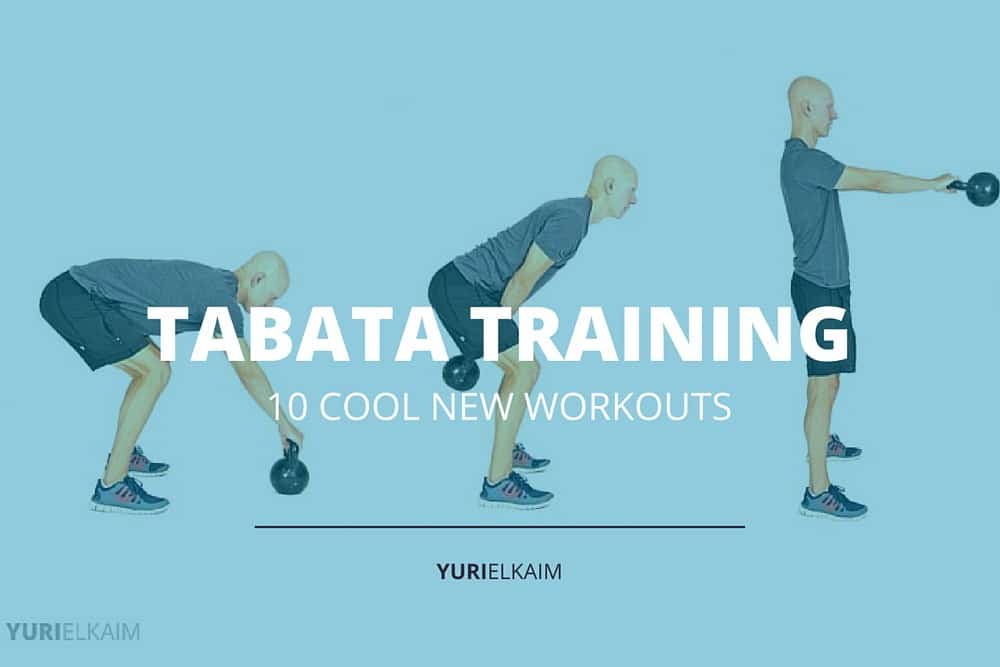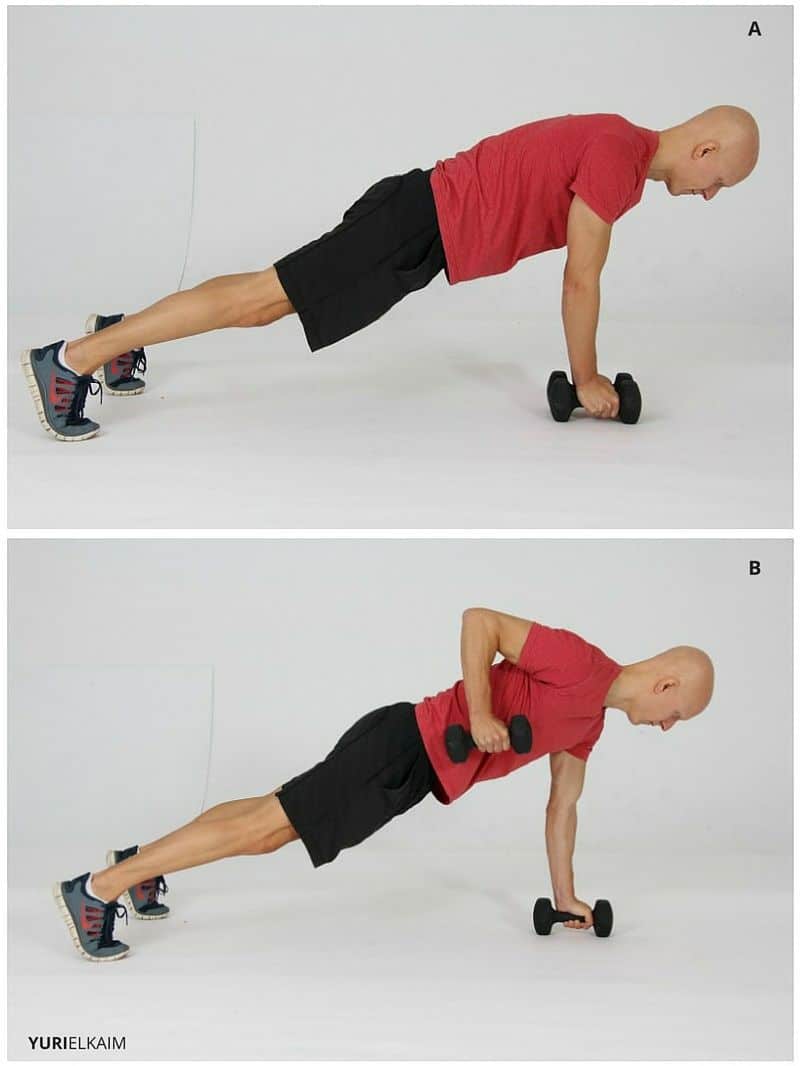In this article
Whenever the topic of cardio comes up, people often ask me: “Does running burn muscle?”
And when I go to answer them, I’m torn. That’s because the short and easy answer is: Yes, it could.
But the better answer is: It depends.
That’s because not all running is the same. Distance running, sprinting, and interval training all have different effects on muscle. But if you’re running 30 to 40 miles a week you might be putting your muscle at risk.
Lets take a look a why too much distance running can have a negative impact on muscle.
Does Running Burn Muscle?
Distance running can really play a number on our hormones.
First up: testosterone.
If you usually run long distances at a low to moderate intensity, you may be lowering your testosterone levels.
Men who logged more than 40 miles a week had a significant decrease in testosterone levels, when compared to runners who ran shorter distances, according to a study in the British Journal of Sports Medicine (1).
And another study found that the testosterone serum levels in men who had just completed a marathon were 50 percent lower than before the race. The marathoners also had high levels enzymes related to muscle tissue damage – lactate dehydrogenase (LDH) and creatine kinase (CK) (2).
Their conclusion doesn’t exactly make you want to lace up your marathon shoes either. They wrote that running marathons can cause hormone imbalances and severe cellular damage (2).
Why do we want to avoid lowering our testosterone? Among many reasons, it plays a huge role in gaining muscle.
Have you ever noticed how different distance runners and sprinters look? Distance runners are often skinny, while sprinters are usually toned and muscular.
Marathoner vs. Sprinter
One difference might be in the fact sprinters exercise at an intensity that boosts testosterone and growth hormone. That creates an environment for muscle growth instead of loss.
When compared to long-distance running, you can clearly see the hormonal difference between the two.
Running Raises Cortisol
The second major hormone that can get out of whack is cortisol.
Why? Because too much running can stress you out.
In the testosterone study above, researchers found that along with lowering testosterone levels, runners’ cortisol levels doubled after the race – and remained higher than average the next day.
This is a something we definitely want to avoid if we’re trying to build muscle. High levels of cortisol have been shown to cause protein – or muscle – breakdown (3).
[Related: 3 Startling Ways Stress Causes Weight Gain]
What is important to realize here is that all forms of exercise cause some muscle damage. In normal circumstances, this damage gets repaired, resulting in stronger muscles.
But with chronically elevated cortisol resulting from hours of long distance running every week, the body is constantly in a catabolic – or muscle-wasting – state.
Not to mention, elevated cortisol can also create a host of related problems, from increased abdominal fat to suppressed immunity and bone loss (4, 5).
Now, seeing all of these results, we may be tempted to park ourselves on the couch to preserve our muscles and cells.
Not so fast.
These studies are looking at long distance running that involves a lot of mileage, not your 20- to 30-minute cardio session on the elliptical. In reality, whether running burns too much muscle depends upon how you run and also for how long.
Let’s look at different types of running, define your goals with running, and decide which is best for preserving muscle.
Running for Your Goals
Before you demonize running completely, what’s your ultimate fitness goal?
Do you want to run your first 10k, build massive muscle mass, or simply become lean and toned?
This distinction is important because training for a 10k will obviously require significant amounts of distance running, which can lead to a loss of muscle mass.
On the other hand, if you’re looking to build some muscle and shed some fat, longer steady-state workouts aren’t necessarily your best friend.
In fact, studies have shown steady-state cardio workouts to be one of the least effective forms of cardio you can do to burn fat.
Interval Training Hill Sprints
For example, when compared to high-intensity interval training (HIIT), which involves short, intense workouts, longer aerobic workouts were found to be less effective at reducing subcutaneous body fat (6).
Time also becomes a factor when you consider your goals. While you may want to focus on endurance for a 10k, having a fat loss goal can mean shorter, more intense workouts.
For instance, according to one study three-minute intervals on a stationary bike (30 seconds of intense pedaling followed by a short rest) repeated five or six times showed the same muscle and cell adaptations as a bike ride lasting an hour and a half to two hours (7).
So with HIIT, we can get our cardio without sacrificing muscle mass, while running a 10k will obviously require going the distance.
Once you’ve determined your goal, you can tailor your style of running to minimize muscle loss.
Here we’ll focus on a type of training that gives us the best of both worlds – muscle building and cardio conditioning.
Interval Training Workouts
Just because a lot of distance running can cause muscle loss doesn’t mean we should avoid cardio altogether.
Cardio training has too many benefits to ignore. It increases circulation, improves heart health, and, most importantly, is a form of movement that gets people off the couch.
However, if your goal is to simply get fitter, there is a more efficient way to do cardio that doesn’t involve hours on the treadmill or jogging long distances.
Interval training, or HIIT as I mentioned earlier, gives you a fat-burning cardio workout without compromising muscle.
[Related: How to Do Interval Training the Right Way]
Interval training involves alternating periods of high-intensity work with periods of low intensity. It can also be done with other forms of exercises, such as jump rope, cycling, and even strength training.
An example of an interval cardio workout might look like:
- 10 seconds of all-out sprinting (100 percent effort)
- 40 seconds of recovery (walking or jogging)
- Repeat 5-6 times.
Now, what if you’re a distance runner and want to avoid muscle loss as much as possible? Enter strength training.
Here are a few more interval training workout ideas:
- 10 Cool New Ways to Use Tabata Training for Faster Fat Loss
- Interval Training for Weight Loss (In Just 3 Minutes?)
- Interval Training for Beginners: How to Get Started
Strength Training for Runners
Strength training often gets lost in the shadow of pacing, miles, and the endurance work involved in prepping for a race.
However, focusing a few days a week on strength training can help prevent injuries, and even enhance performance. Studies show that running efficiency improve when endurance-trained runners exercise with heavy weights (8).
Personally, I’ve found that my runs have become more efficient and powerful due to strength training.
To integrate strength training into your routine without spending hours in the gym, focus on compound lifting exercises 2 to 3 times a week.
Pictured: DB Renegade Row Compound Exercise
Compound exercises engage several major muscle groups at once, and also focus on strengthening the core and stabilizer muscles. This will ultimately aid in balance and power during your runs.
Sample compound exercises include barbell deadlifts, squat-presses, Turkish get-ups, walking lunges, and renegade rows. These should be performed with a weight heavy enough for you to only perform 6 to 8 reps each.
String them together and you have a full-body compound workout.
Work Out to Keep Muscle
Ultimately, too much cardio in the form of running can lead to muscle loss. However, we’ve seen there are several alternatives to lessen this effect.
This main point to keep in mind, again, is your ultimate fitness goal. And even if that goal is running a 10k, know that simply adding strength training can help prevent drastic muscle loss.
Power Up Your Workouts
Ready to try the power of interval training? I’ve got the ultimate guide for you!
Download my follow-along interval cardio workout – you’ll burn more fat and improve your cardio endurance in just 5 minutes.
My Speed Burst Interval Workout is a $19 value, but you can get it right now for FREE.
All you have to do is click the banner below and download it now.





